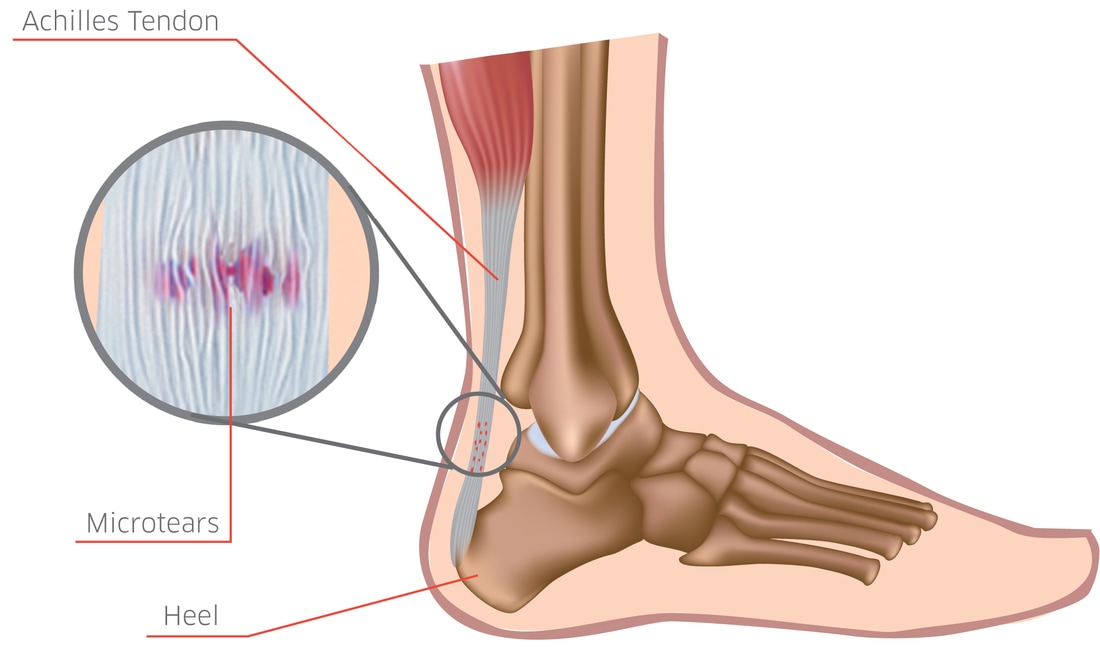We've discussed before the symptoms of Achilles tendinopathy, and what potential factors may be contributing to your injury (click here if you missed that article, or would like to read it again). However, sometimes simply treating the calf is not sufficient. For conditions caused by deep-rooted dysfunction, a treatment option called IMS (intramuscular stimulation) is a fantastic alternative that yields immense relief.
|
Whether you're hiking the mountains of Vancouver or going for a walk in Richmond it would be tough to do it without your Achilles. The Achilles is the thickest tendon in the human body, it attaches the calf muscles to the calcaneus (heel bone), and is responsible for plantar flexion at the ankle (pointing your toes). As we perform activities that use our Achilles tendon, small "micro-tears" occur within the tendon band. This process is completely normal, and occurs in our body when most movements are performed. Our body is constantly repairing the microtrauma that results in our tissues when we move, and in a healthy body these tiny injuries are healed at approximately the same rate that they occur. However, if this cycle of microtrauma and repair in the Achilles tendon becomes unbalanced, Achilles tendinopathy may result. Over time, these microtraumas accumulate in the tendon, until major injury and dysfunction force a halt to normal movements and activities. Achilles tendinopathy is described as pain, swelling, stiffness, and weakness in the Achilles tendon, and is exacerbated by any movements involving the Achilles tendon (as described above). A number of factors can contribute to the damage leading up to Achilles tendinopathy, such as:
If you are experiencing any sort of stiffness or pain in the Achilles region, it is very important to have your injury assessed and treated accordingly, as ignoring the signs of Achilles tendinopathy can result in a complete rupture of the Achilles tendon. However, here at Granville Physio we have a variety of successful treatment options for Achilles tendinopathy, such as shockwave therapy and IMS treatment. Click here to book in with one of our physiotherapists today, and treat your injury before a tendon rupture occurs! Below, you can also find four of our favourite exercises for the stretching and maintenance of a healthy Achilles tendon. We recommend performing these exercises regularly, especially when heavy exercise is performed or tightness in the Achilles is experienced. As always, if you have any questions, we are happy to assist you. |


 RSS Feed
RSS Feed

